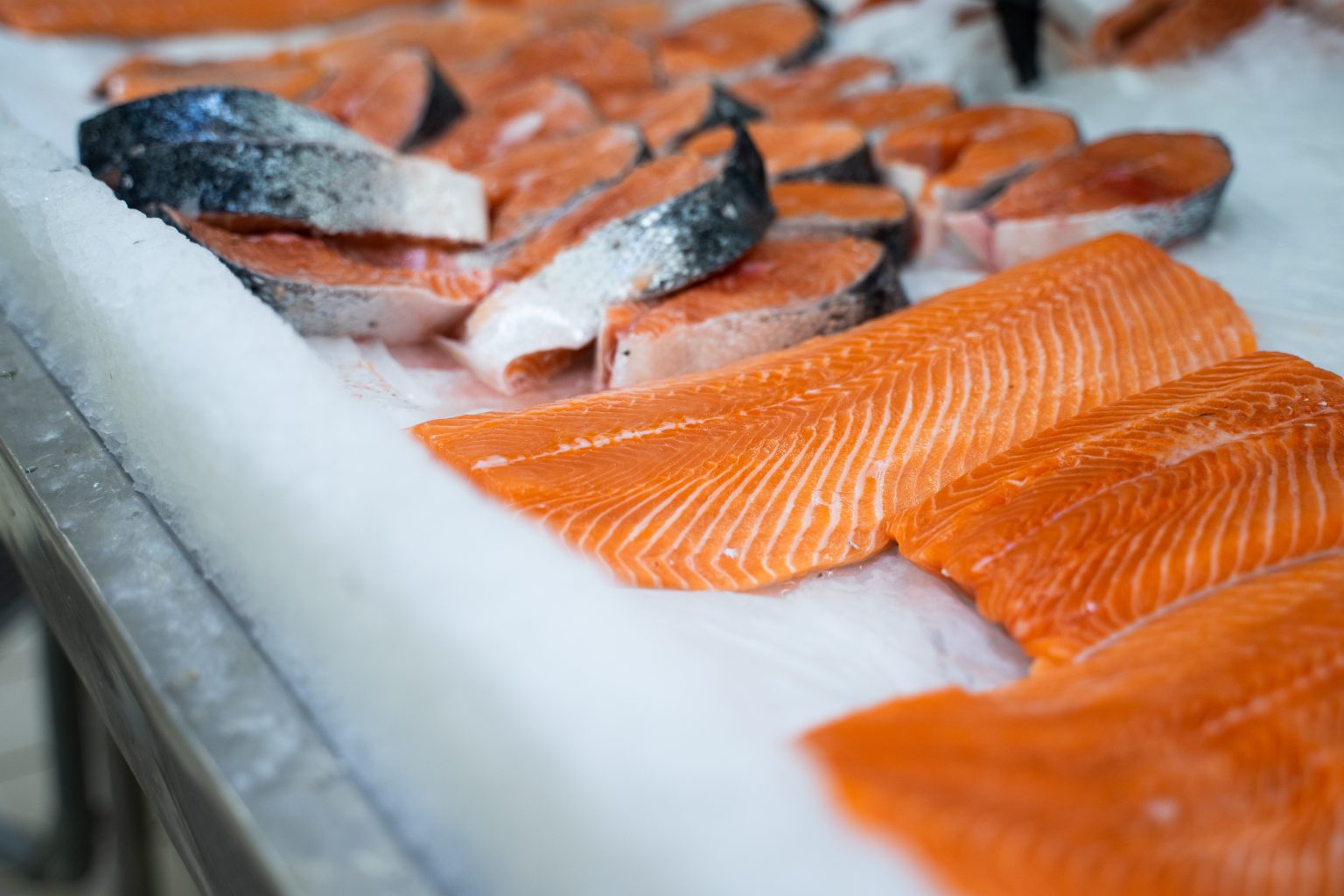When strolling through the aisles of a grocery store, consumers are often tasked with choosing between seafood labelled as either ‘farm-raised’ or ‘wild-caught’. This distinction not only impacts the flavour and nutritional value of the seafood but also has consequential effects on ecosystems and health standards.
Considering the numerous factors tied to the production and harvesting of seafood, such as the place of origin and methods employed, it’s imperative to understand the ramifications of these practices. Both environmentally conscious practices and individual health benefits are essential considerations in the complex tapestry of the seafood industry, overseen by regulatory bodies, including the FDA and bound by policies such as those recommended by Seafood Watch and the EPA.
Understanding Seafood Sourced from the Wild
The Environmental Consequences
Seafood sourced from the wild involves using various mechanisms, each with distinct implications for marine ecosystems. When fisheries select appropriate gear, they can significantly lessen their environmental footprint. Among these tools are seines, which enclose fish within massive nets, and bottom trawls. These large conical nets towed behind boats can profoundly affect seafloor habitats.
Techniques such as seines, trawls, dredges and gillnets can harm delicate seafloor ecosystems and often lead to bycatch, the incidental capture of non-target species. Measures to mitigate these effects include limiting the use of large nets to specific areas and employing advanced devices like acoustic pingers, which alert marine mammals to the presence of fishing gear.
In contrast, handlines, jigs, pole-and-lines, and trolling lines represent more eco-friendly options for harvesting wild seafood. Bycatch and habitat disturbance are greatly minimised with these line-based methods. Furthermore, these techniques allow the accidental catch to be returned unharmed to the ocean, thus preserving the delicate balance within natural water bodies such as oceans, rivers, and lakes. Adopting such responsible practices plays a pivotal role in maintaining the sustainability of fish populations, ensuring that they continue to thrive in their natural habitats without the undue burden of industrial pollution or waste.
Aquaculture Seafood Production
Assessing Environmental Implications
Aquaculture, the cultivation of aquatic organisms under controlled conditions, encompasses various production methods contingent on the marine or freshwater species being farmed. For instance, bivalves, such as oysters and mussels, are often grown in bottom or suspended cultures in oceanic waters. In these systems, containment apparatuses like mesh bags or trays rest on or above the seafloor, and the organisms are collected manually upon reaching maturity.
Sea flora like kelp may also thrive within these two methodologies. Pens and ponds are more suitable for species necessitating expansive habitats, including some fish like salmon and trout. These pens are submerged and encapsulated within off-shore marine environments, permitting natural water circulation. Fish like tilapia and trout, more commonly reared in raceways, benefit from freshwater that upholds cleanliness and minimises disease transmission risks.
Such strategic enclosures in marine aquaculture aim to sustain the population management of cultivated species and safeguard their habitats. This can avert potential adverse effects like overfishing or the accidental capture of non-target species (bycatch), which are challenges in some ocean-fishing techniques. On land, recirculating tank systems circulate water for reuse, reducing the requirement for fresh, clean water and limiting the potential transmission of pathogens. These practices reflect the industry’s efforts to foster a reliable seafood supply while mitigating environmental impacts.
Advantages and Dangers of Various Seafood Sources
The decision tends to be species-specific when examining the healthier option between wild and cultivated seafood. Naturally caught fish generally possess less saturated fat than their cultivated counterparts fed nutrient-enriched diets. On the other hand, aquaculture, if not stringently overseen, may harbour potential risks such as contaminants and diseases.
Conversely, fish from open waters aren’t exempt from exposure to environmental pollutants, for example, oil spills and agricultural runoff. It’s pertinent to note that wild and farmed varieties are susceptible to mercury, albeit in trace amounts. Predatory and larger fish like tuna tend to accumulate more mercury. Sustainable fishing strategies and responsible farming practices are therefore critical to ensure the safety and quality of seafood, with each method having distinct implications for health benefits, taste, and environmental impact.
The Essential Summary
A balance between health benefits, sustainability considerations, and ethical sourcing is vital when selecting seafood. The choice is influenced by:
- Fishing Methods: Overfishing and destructive techniques must be avoided.
- Farming Practices: These should minimise environmental harm and promote welfare.
Sustainability Advice
- Seek seafood bearing the ‘blue fish label’, indicating sustainable sourcing.
- Utilise resources like the Seafood Watch for informed choices.
Nutritional Aspect
- Assess the dietary content correlating with the seafood’s diet.
Opting for sustainable seafood supports ocean ecosystems, combats climate change, and encourages responsible ethics in the fishing industry.



